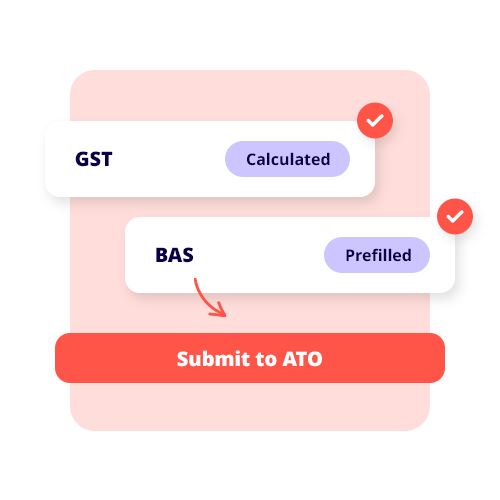What is a journal entry? A journal entry is an accounting term used to describe the creation of a transaction record in your business book. Each journal entry or transaction record is the first step in the double-entry accounting system.
Because a transaction can affect several business accounts, you’ll usually make two journal entries per transaction, noted as deductions or credits.
Journal entries serve to track and summarise financial activities, ensuring that the accounting equation (Assets = Liabilities + Equity) remains in balance.
Every transaction has an equal debit and credit amount, ensuring that the accounting equation is maintained. If the equation is not balanced, it’s an indication that you’ve made an error somewhere and the journal entry will need to be corrected.
How is a journal entry typically structured?
Your typical journal entry will involve the following in a table:

Date
The date when the transaction occurred.
Account titles
The names of the accounts affected by the transaction. Each entry must include at least two accounts: one account to be debited and another to be credited. Debits and credits must always balance. (Common accounts may include cash, accounts receivable, accounts payable, inventory, and various income and expense accounts.)
Debit
The amount entered in the debit column is the value that is being transferred from one account to another. It typically represents an increase in assets or a decrease in liabilities or equity.
Credit
The amount entered in the credit column is the value that is being transferred to another account. It typically represents a decrease in assets or an increase in liabilities.
Description
A brief description of the transaction explaining its purpose and details.
See related terms
What is a balance sheet?
What is cash flow?
What are tax deductions?






























